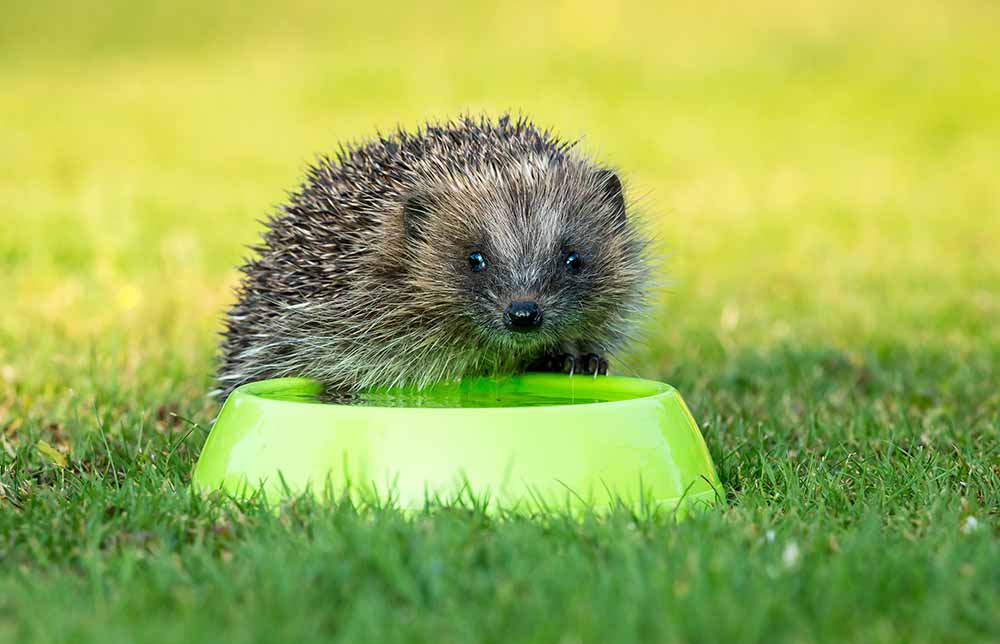Advice on water harvesting and garden care as heatwave looks set to continue

Haskins Garden Centres are encouraging gardeners to look after their plants and wildlife due to the ongoing warm temperatures.
Alasdair Urquhart, Haskins’ in-house plant expert, commented: “Long-range forecasters are warning that hot weather is looking likely to hold out through the rest of summer and even into autumn. As there is nothing in the forecasts to suggest that the conditions are going to change any time soon, now is a good time to think about how the weather will be affecting your garden.”
Haskins recommends the following gardening activities during the heatwave:
- Water plants late in the evening when the temperatures have dropped to reduce evaporation and to reduce humidity
- Use a sprinkler to help soften hard-baked grounds
- Top up birdbaths daily
- Put out water in saucers for wildlife to keep them hydrated
- Avoid digging soil as this will accelerate water loss through evaporation
- Don’t leave patches of bare earth exposed to the sun, as this can lead to damage from UV rays and fast evaporation of soil moisture
- Opt to grow succulents or Mediterranean plants in areas that are always exposed to the sun
- Wear sunscreen when gardening outdoors
Alasdair continued: “This hot weather has got everyone talking about their parched gardens. Haskins would like to remind gardeners that it is possible to plan ahead and make preparations for water harvesting over the winter and spring ready for any future warm weather.
“Storing rain water is one way to be prepared for warm, dry weather. Rain water can be collected as ‘run-off’ by attaching water storage tanks to downpipes in your guttering system or by installing larger capacity, underground water harvesting tanks. Stored water can then be used around the garden during dry periods and also to water plants and houseplants that don’t like the high concentration of lime that is present in tap water.
“Water can also be harvested indirectly by applying a thick mulch to help slow evaporation of water in the soil and creating wicking-bed containers with plants growing above.”
